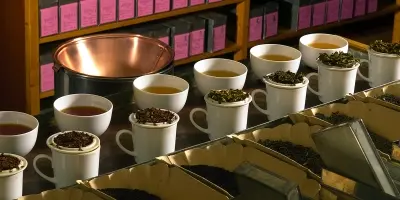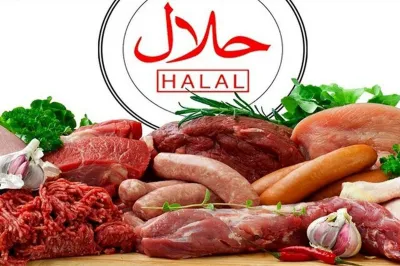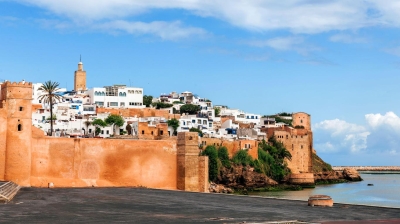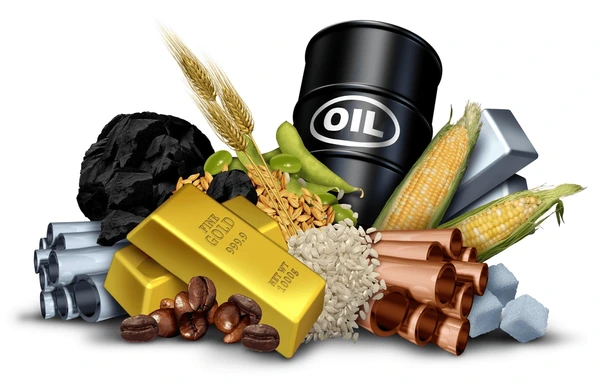


Directory of Tea and coffee suppliers in Morocco
 jamal ait lkout9 months ago
jamal ait lkout9 months ago الحجارTurquoise, Diamond, Emerald, Zinc
الحجارTurquoise, Diamond, Emerald, Zinc Great Desert Tours13 months ago
Great Desert Tours13 months ago Uncover the Magic of Morocco with Great Desert Tours
Uncover the Magic of Morocco with Great Desert Tours فاطمة الزهراء3 months ago
فاطمة الزهراء3 months ago المواد الغذائيةGroceries, Jam And Honey, Spices
المواد الغذائيةGroceries, Jam And Honey, Spices success-untied3 months ago
success-untied3 months ago المواد الغذائية بالجملةGroceries, Spices, Herbal Distillate, Seeds And Seedlings, Vegetables, Cereals And Legumes, Animal Feed
المواد الغذائية بالجملةGroceries, Spices, Herbal Distillate, Seeds And Seedlings, Vegetables, Cereals And Legumes, Animal Feed ايوب18 months ago
ايوب18 months ago حجر كريم
حجر كريم



